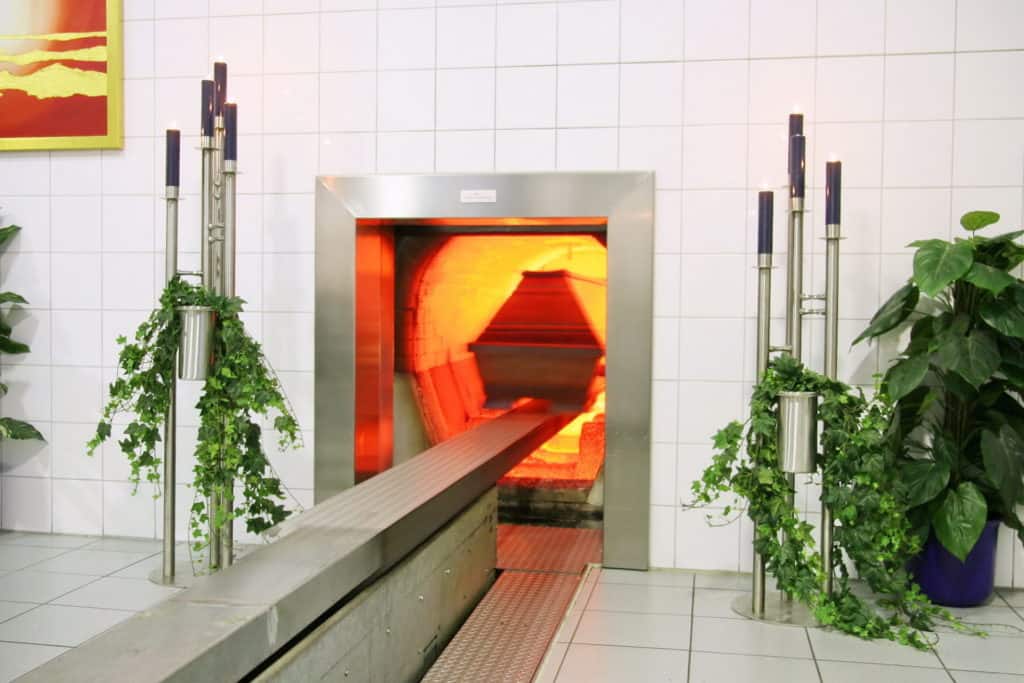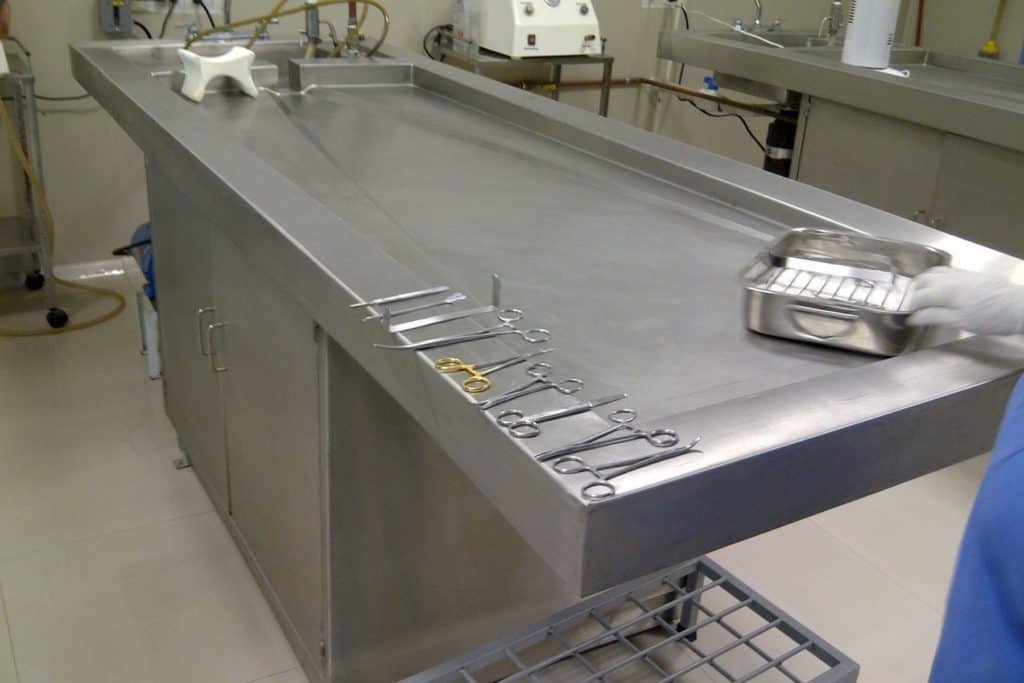Understanding the very human and caring way a body is handled from death through the cremation itself can ease the anxiety that accompanies the transitional phase of life we call “death.”
Did you know that only 40 years ago, less than 10 percent of Americans were cremated? That’s now risen to 53.1 percent and is expected to go up to nearly 60 percent by 2023, according to the National Cremation Association of North America.
After reading this article, you might be surprised at what actually takes place and relieved to understand the process of how a body is prepared for cremation. You might feel more at ease knowing what has happened or will happen to your loved ones.
How Is a Body Prepared for Cremation?
The first stages in getting a body ready for cremation might be the most time-consuming, detailed, and even a bit bureaucratic. They are important and necessary, though.

Where Does the Body Go First and How Does It Get There?
If the death was at home, from natural causes, and in the presence of family, the practice generally is for the funeral home or crematory to pick up the body from the home. This is the best-case scenario.
Things are often more complicated, though. A coroner or medical examiner has to identify the body, determine the cause and manner of death, remove the body and transfer it to a storage facility, and notify the next of kin. This happens when:
- the death was unattended (i.e., the person died alone)
- the deceased’s body was discovered outside their home
- the deceased’s body was found in their own home but their death might have been due to suspicious causes,
- a funeral home hasn’t been chosen yet
Once the body has been properly identified and the medical examiner or coroner has cleared it for removal, it is then taken to the funeral home or crematory.
What Happens When the Body Arrives at a Crematory?
The facility must first make sure they have permission to do the cremation. They will also collect information such as who will pick up the remains and what type of container those remains should be stored in.
Ordinarily, the identification procedure involves only a family member’s confirmation. After that, a metal ID tag is placed on the body. It will remain there during the cremation process and is kept with the remains afterward.
Preparation
A lot of the time, the body has been bathed, cleaned, and dressed already. This usually takes place before it is first identified.
Next, jewelry or other items the family wishes to keep are removed. Medical devices or mechanical prosthetics or those that contain batteries are removed as well. These items will be recycled, though never reused.
Other items, including medical pins, artificial joints, and so on are left in place. So is any remaining jewelry. And if the body has arrived already clothed, the clothing typically stays on. The body is then placed in refrigerated storage.

The Cremation
When the time comes, the body is placed in a coffin-like container sturdy enough to hold it but also combustible. This is then either manually or automatically slid on rollers into the cremation chamber, known as a retort.
The retort will reach a temperature of 1200-1800º Fahrenheit. the reason for the broad temperature range is that most retorts have two chambers: one with a lower temperature (around 1200º) for the initial incineration.
Then, there’s a second chamber that heats to around 1700º “to make sure the particles and odor are negligible before everything goes up the stack and out into the atmosphere.”
The entire process takes up to two hours.
Following the Cremation
This process is carried out by the crematory staff in a very routine way. The incinerated remains are cooled and then sorted for metal (e.g., from tooth fillings). A powerful magnet is often used for this. The metal will likely be recycled.
The term “ashes” to refer to the remains is a comforting euphemism–since ashes would be expected following the intense heat. There are some ashes, but most of the incinerated remains are actually bone fragments.
These are ground into a fine powder, placed in the selected urn, and returned to the family.
Variations on the Cremation Theme
Of course, ways of preparing a body can vary among cremations depending on the wishes of the deceased and their family. They can also vary depending on the type of cremation taking place. Here are two examples.

Is Embalming Involved in a Cremation?
If the deceased’s loved ones desire a wake or funeral with a viewing, the body will be embalmed. Embalming is a process that delays decomposition and keeps the body looking as lifelike as possible for final goodbyes, condolences, and so on.
Otherwise, the body is not embalmed. According to the Cremation Institute, “The majority of the time, the body is cremated and the family stores, scatters, or buries the ashes. If they desire a funeral, it’s normally done after the cremation.”

Are Special Preparations Needed for an Environmentally-Friendly Cremation?
First of all, embalming absolutely should not be done on a body headed for an environmentally-friendly cremation of any type. Embalming chemicals can be released into the environment when incinerated.
Embalming uses carcinogenic chemicals such as formaldehyde, glutaraldehyde, and phenol. Moreover, caskets tend to be made from mined metals, toxic plastic, and/or when they pass on old-growth wood. Not good!
Environmentally-friendly traditional or “flame” cremations require that no plastics or other chemicals be incinerated with the body and that the most natural resource- and energy-saving measures be taken at every stage of the process–from booking to delivery of the remains.
Resomation, also known as water cremation or aquamation, is one of the most environmentally-friendly end-of-life processes. It is, essentially, an accelerated decomposition process.
As with traditional cremation, at the end of the process, “the only solid remains are the bones, which are then pulverized and returned to the family as remains.”
The End Is Part of the Lifecycle
So, have we answered the question, “how is a body prepared for cremation”? We hope it’s reassuring to you to understand what takes place when someone you know and care about is cremated. It’s often comforting to be able to visualize the process.
We hope that, as more people choose cremation for themselves and their loved ones, they consider the most environmentally friendly methods. And we’re here to help with that decision too.
Please let us know when you’d like to speak with us about planning this important end-of-life tradition!






